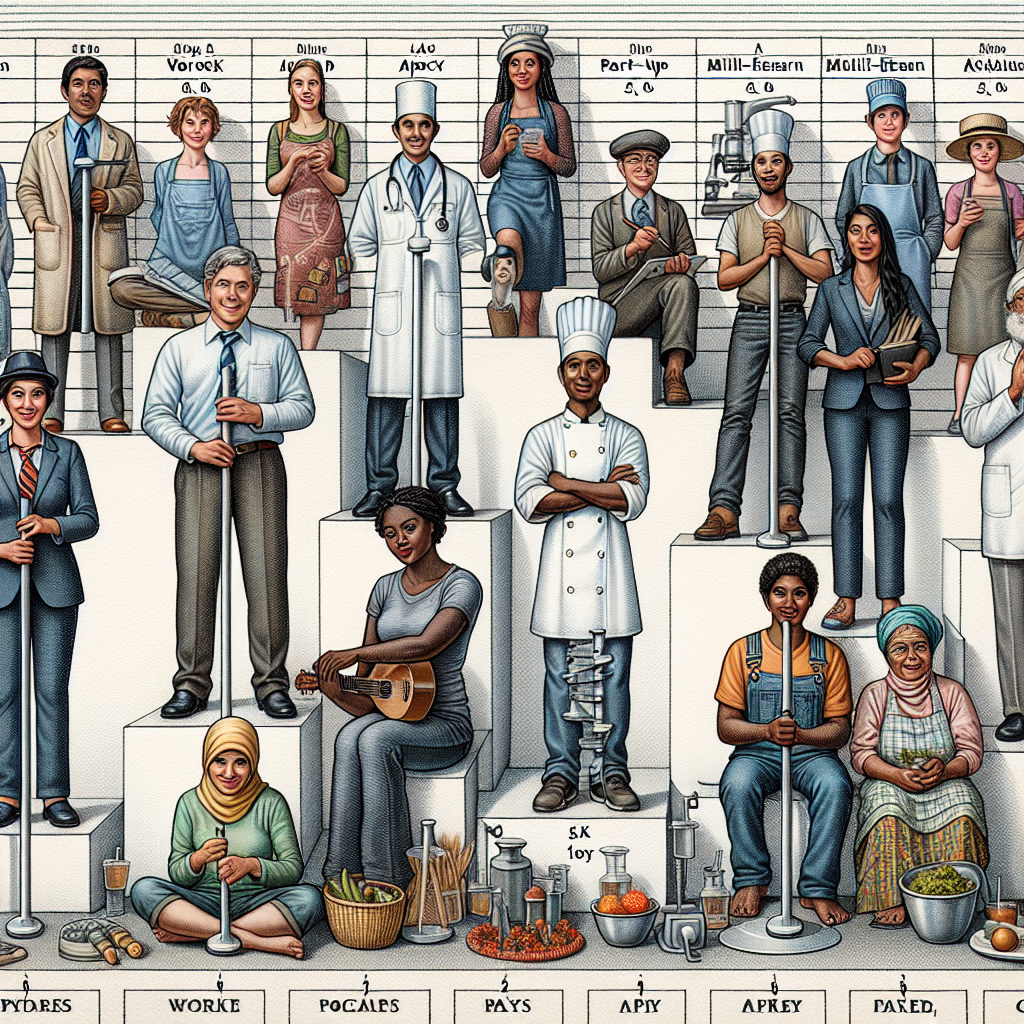Essential Insights By mapping out a meal plan and pinpointing your shopping list, scouting out budget-friendly grocery spots nearby, and tapping into loyalty perks beforehand, you set yourself up for savings. Snagging deals on bulk buys, seasonal produce, and clearance items can further ease the drain on your wallet.
If tightening your food spending is on your mind like it is for many, adopting tactics like opting for store brands, charting out meals ahead, sticking resolutely to your budget, hunting for markdowns, and price comparing can make a real difference.
1. Plan Your Meals & Write Your Shopping List Backwards
Ever wandered into a store empty-handed and left with a cart heavier than expected? Planning in advance — starting with the dinners and snacks you want this week — then listing only what’s needed can save a bundle. Craft your meals around fresh, seasonal deals to keep both taste and cost in check.
Before scribbling your list, raid your fridge, pantry, and freezer to spot what’s already hanging out. This smart move avoids double buys and cuts down on waste.
2. Fly Solo on Shopping Trips
Impulse buys spike when you shop with others. The more company tagging along, the higher the chance you’ll toss unplanned items in the cart. Skip the entourage and pen down their snack wishes beforehand — that way, everyone’s happy but your budget isn’t.
3. Pick the Quietest Shopping Windows
Busy aisles make bargain hunting tougher. A packed store distracts you, making it easy to miss better-priced brands or sizes. According to Drive Research, Tuesday evenings tend to be the calmest, while Saturday mornings are chaos. Find your local slow seasons by testing and asking store managers, then make that your go-to time slot.
4. Swap Ingredients for Budget-Friendly Substitutes
Don’t hesitate to switch up your protein or veggies for cheaper alternatives. Swapping out out-of-season or pricier vegetables for those in season can save a pretty penny without skimping on flavor.
5. Embrace Generic Brands
Brand names often come with a premium price tag. Squeezing a few dollars from each item accumulates fast — just imagine saving up to 40% by going for the store label instead of the branded counterpart.
6. Skip Buying Hygiene Products at the Grocery Store
Household essentials can be shockingly marked up at grocery chains. Places like Walmart, Target, or Amazon usually offer these items at friendlier rates. Your wallet will thank you for shopping smart elsewhere.
7. Stick Close to the Store’s Edges
Most processed and pricey foods lurk in the center aisles. The perimeter? That’s where fresh fruits, veggies, and wholesome goods hang out — often with better prices and healthier vibes.
Also, remember this: the shelf at eye-level is prime real estate for pricier stuff retailers want you to notice first. Keep your gaze a little lower or higher to dodge temptation.
8. Use Grocery Rewards Cards
Get some money back or rack up points with grocery credit cards tailored to your supermarket. It’s a subtle way to soften the blow from inflation. Just be sure to clear your balance monthly — otherwise, interest charges can outweigh the benefits.
9. Calculate as You Go
Keep a running tab on your phone calculator while shopping. This habit helps keep spending in check and avoids unpleasant surprises at checkout — especially handy if you’re trying to stick to a strict budget.
It also gives you pause when eyeing a spontaneous purchase — is it really worth it?
10. Hunt Down Sales and Deals
Regularly check flyers, store apps, and websites to sniff out sales before you shop. Tailor your meal plan around these bargains for maximum savings.
But beware: don’t grab items just because they’re discounted unless they fit into your meal scheme. Still, keep an eye out for last-minute markdowns while you roam the aisles.
11. Enroll in Loyalty Programs
Many grocery stores offer loyalty schemes delivering points, coupons, and special member-only discounts through their apps. Signing up can unlock savings you’d miss otherwise.
12. Take Advantage of Curbside Pickup
If you find in-store shopping too tempting to splurge, order your groceries online via the store’s app or website and opt for curbside pickup. It’s a savvy way to avoid unnecessary splurges. Just double-check curbside doesn’t tack on extra fees.
13. Bulk Buy and Freeze Leftovers
Score big savings by buying in bulk, especially on freezer-friendly items. Got a two-for-one bread deal? Stash one in the freezer for a rainy day.
Wholesale clubs like Costco and Sam’s Club often deliver lower per-unit prices than regular stores, making them gold mines for big-volume buyers.
14. Never Shop Hungry
Shopping on an empty stomach? Recipe for blowing your budget. Hunger prompts grabbing more snacks and extras that weren’t on the agenda. Eat before you shop to keep impulse buys at bay.
15. Opt for Seasonal Produce
Off-season fruits and veggies usually come with inflated prices. Knowing when certain produce is in its prime season lets you enjoy tastier and more affordable harvests.
16. Make Use of Bulk Bins
Many stores offer bulk bins where you scoop precisely how much you need, preventing waste and letting you buy small portions of grains, nuts, or spices, which can be a wallet-friendly alternative.
17. Cross-Check Prices Between Stores
If you’ve got multiple supermarkets nearby, play the field. Pin down where your favorite items are cheapest and shop accordingly. While running all over town may not be practical daily, dedicating specific days to different stores can pay off.
Chains like Aldi, Walmart, and Trader Joe’s generally boast lower prices. And don’t overlook wholesale clubs for bulk bargains.
18. Limit Your Visits
The longer you linger in a grocery store, the greater your chances of spontaneous buys. Figure out how often you genuinely need to restock and stick to that rhythm. Forgot an ingredient midweek? Grab only the missing item and head straight home.
Handy Apps to Cut Grocery Costs
Besides these hands-on tips, tech can be your sidekick. Apps offering grocery discounts, digital coupons, and cashback rewards can further trim your bill. Popular options include:
- Ibotta
- Flipp
- Coupons.com
- Your local store’s app
Why Slash Grocery Expenses?
Keeping your grocery spend in check frees up cash for bigger financial goals — like emergency funds, savings, or other priorities. A few tweaks in your shopping habits can funnel money to where you really want it.
From Bankrate’s Essentials
Smart grocery savings often kick off with solid prep work. Planning your meals ahead and sticking to a well-thought-out shopping list prevents unnecessary spending and food waste — a win-win for budget and belly alike.
Did you know? According to recent data, the average American household spends approximately $4,643 annually on groceries. Adjusting shopping habits can reduce this figure by up to 20%, saving nearly $1,000 yearly for the average family.



